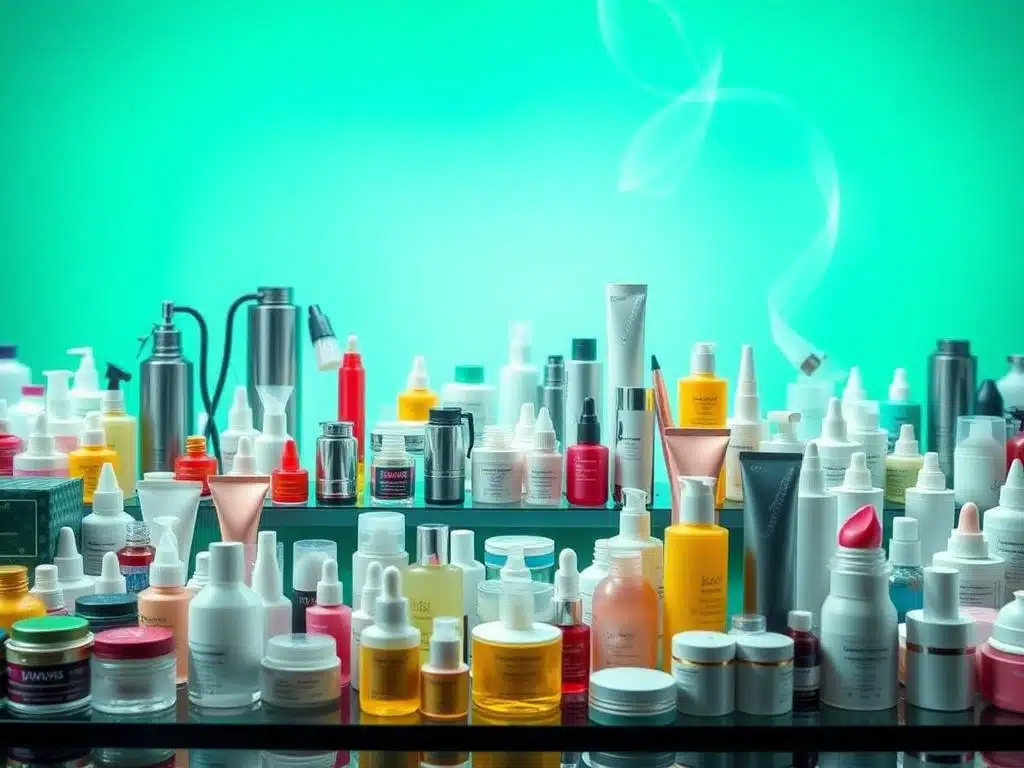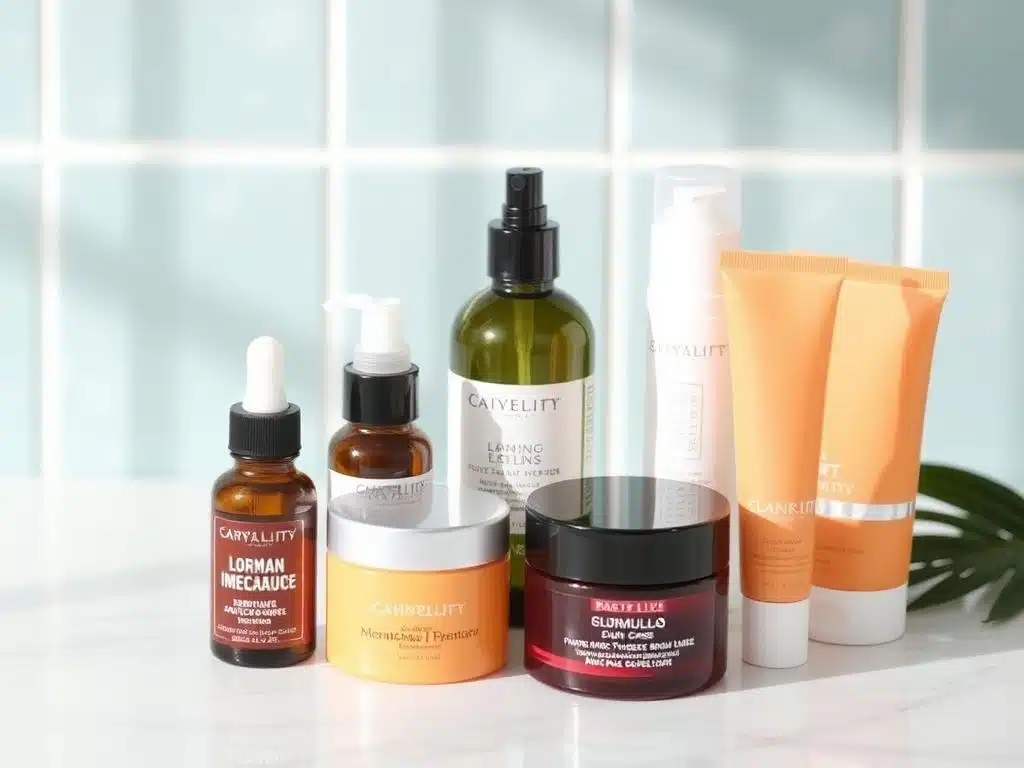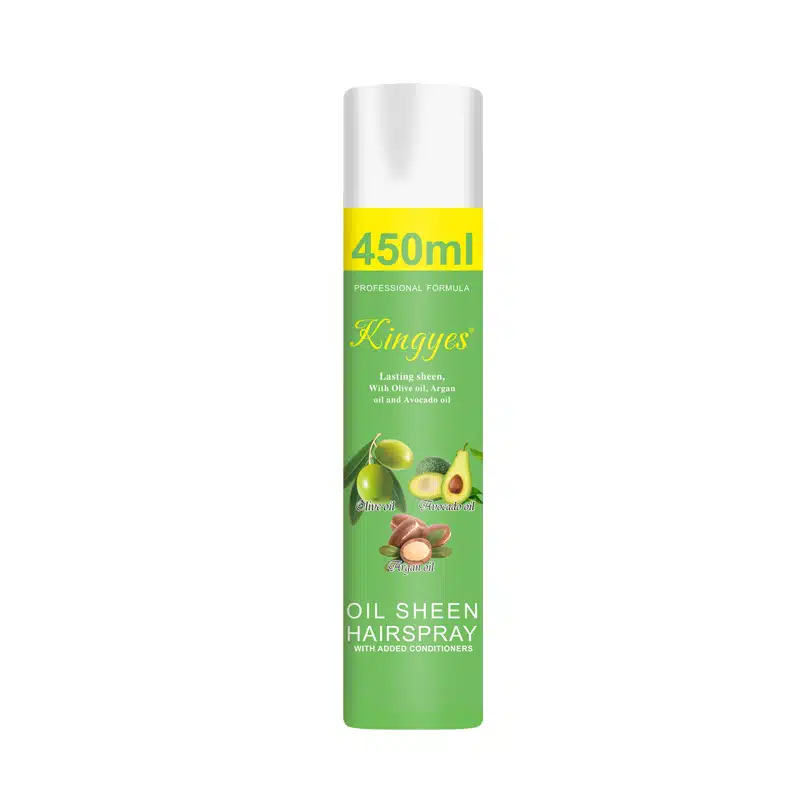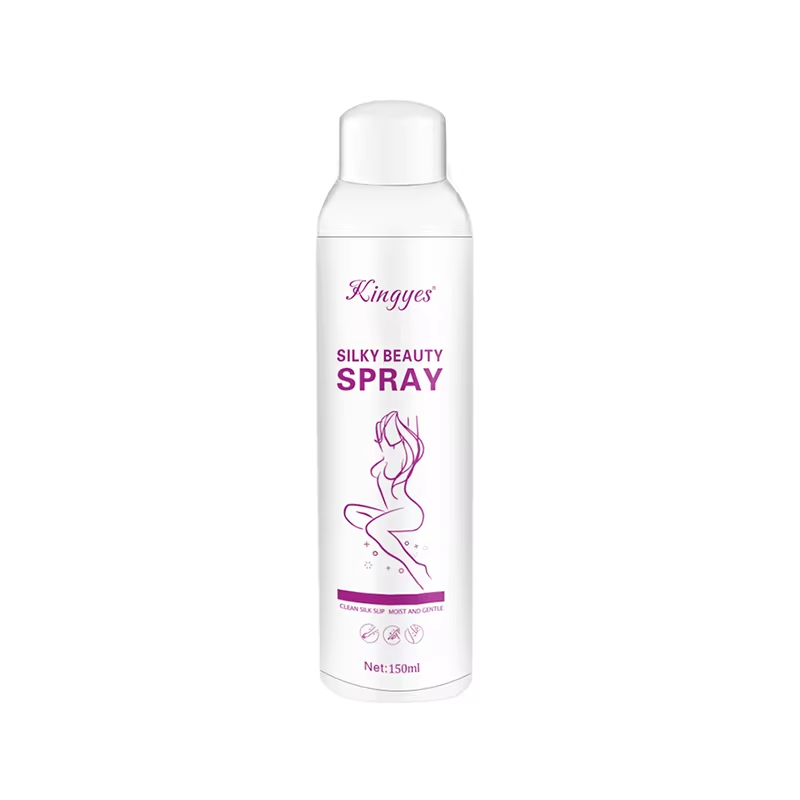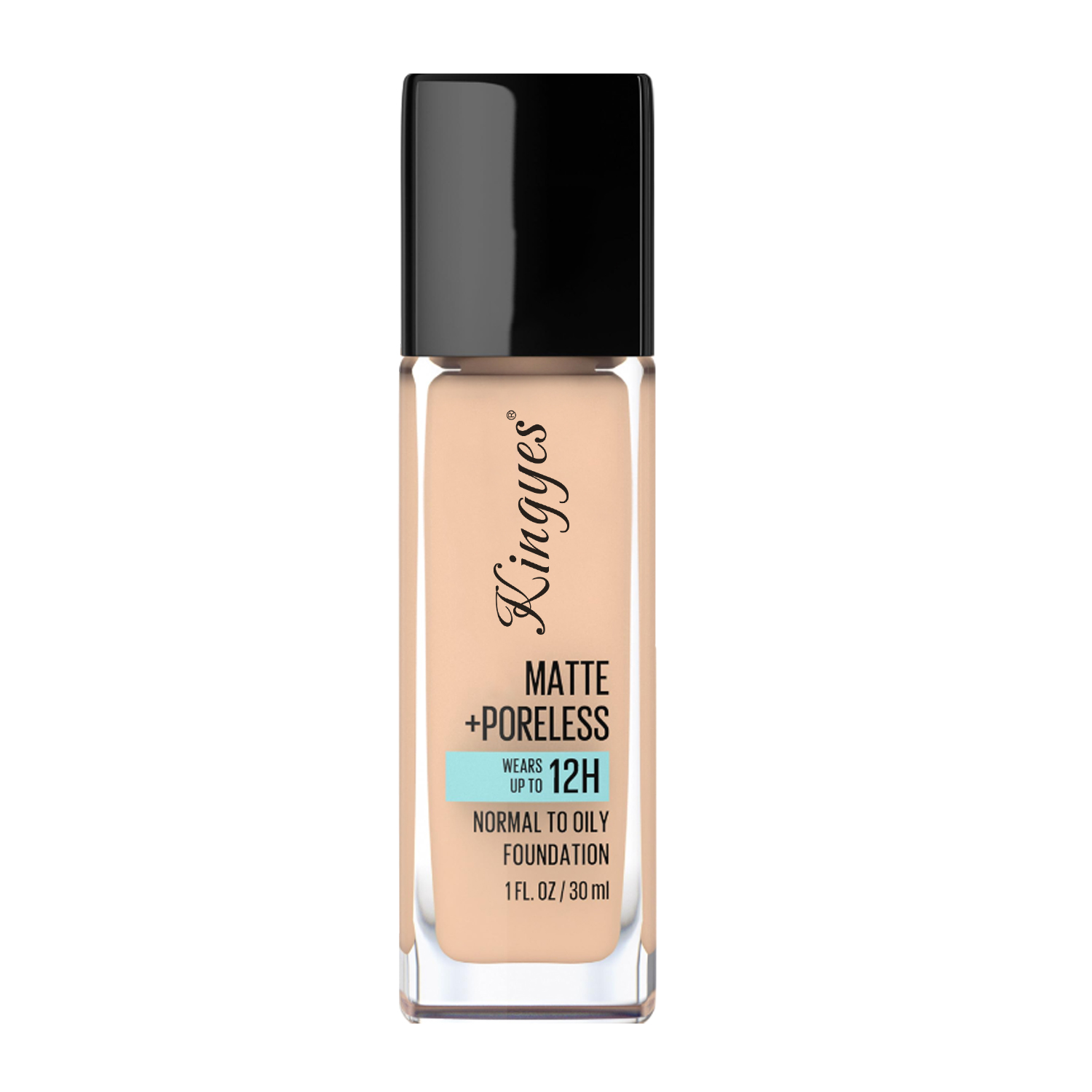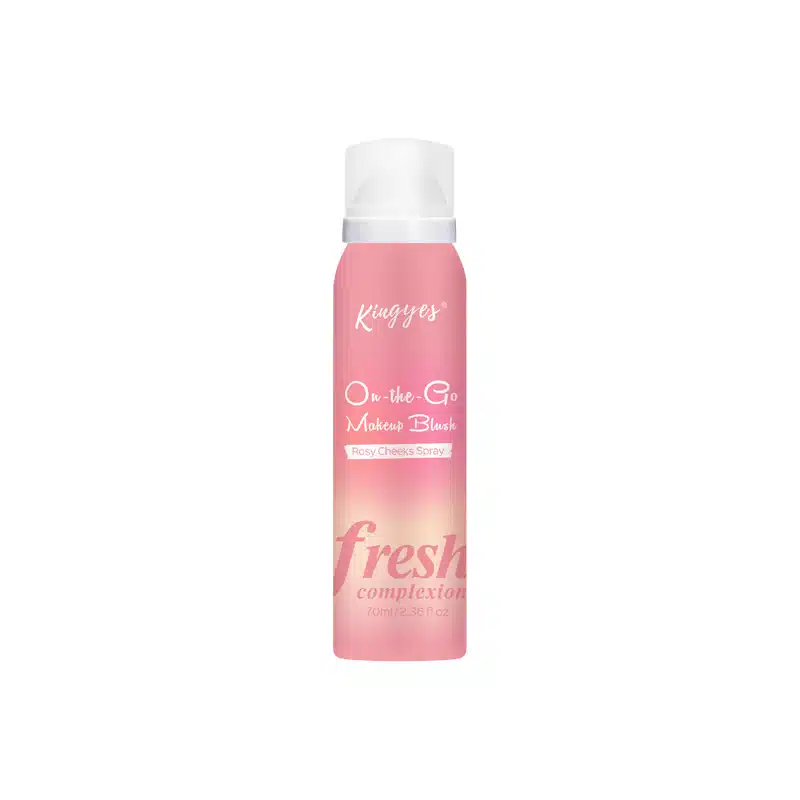
How Do I Create My Own Beauty Products?
Table of Contents
From Kitchen to Counter: Your Guide to Creating a Homemade Cosmetic Brand
This article provides a comprehensive, step-by-step guide for aspiring beauty entrepreneurs on how to create their own line of beauty products, from initial concept to launching a successful beauty brand. Whether you’re passionate about skincare, haircare, or makeup, this guide will equip you with the knowledge and resources needed to navigate the complexities of the beauty industry, understand the costs associated with launching, and build a thriving cosmetic business. If you ever wanted to learn how to start your own brand and make cosmetics to sell – this article is for you. We explain how to manufacture your cosmetic product and scale your business.
1. Defining Your Niche in the Beauty Industry: What Sets Your Cosmetic Brand Apart?
The beauty industry is a vast and competitive landscape, so defining your niche is crucial for the success of your cosmetic brand. Start by conducting thorough market research to identify gaps and opportunities within the beauty market. What are the current beauty trends? What are consumers looking for that existing brands aren’t providing? Your niche could be based on a specific product type, such as natural and organic cosmetics, anti-aging skincare, or clean beauty products tailored for a particular demographic. It’s important to understand who are potential customers of your brand.
Once you’ve identified your niche, you need to create a unique brand identity that resonates with your target audience. This includes developing a compelling brand story, choosing a memorable brand name, and designing a visually appealing logo. Your brand should reflect your values and the unique selling proposition of your beauty product. For example, if you’re launching an organic skincare business, your brand identity should emphasize the use of natural ingredients and sustainable practices. This will make you stand out from many beauty brands. Whether you are focusing on a specific care product or full line, you should learn cosmetic formulation to be able to formulate your own products.
2. Creating a Solid Business Plan for Your Beauty Brand
A well-structured business plan is essential for any aspiring beauty entrepreneur. It serves as a roadmap for your beauty business, outlining your goals, strategies, and financial projections. Start by defining your brand’s mission, vision, and values. What is the purpose of your cosmetic brand? What impact do you want to make in the beauty industry? Who is your target audience, and what are their needs and preferences? This part is crucial to building a strong business.
Your business plan should also include a detailed analysis of the beauty market, including your competitors, their strengths and weaknesses, and your brand’s unique selling proposition. Outline your product line, pricing strategy, and distribution channels. A comprehensive financial plan is also crucial, detailing your startup costs, projected revenue, and profitability. Consider seeking guidance from the Small Business Administration or other resources for small businesses to ensure your business plan is thorough and realistic. Having a solid business plan will help you secure funding, attract investors, and stay focused on your goals as you navigate the complexities of starting a beauty brand. This is one of the most important steps to start your own brand. Your business plan should include the following sections:
| Section | Description |
|---|---|
| Executive Summary | A brief overview of your business plan, highlighting the key points and goals. |
| Company Description | Details about your beauty brand, including its mission, vision, values, and legal structure. |
| Market Analysis | Research on the beauty industry, your target market, and your competitors. |
| Organization & Management | Information about your brand’s organizational structure, including key personnel and their roles. |
| Service or Product Line | A detailed description of your beauty products, including their unique features, benefits, and pricing. |
| Marketing & Sales | Your strategy for promoting and selling your products, including your target audience, marketing channels, and sales approach. |
| Funding Request | If you’re seeking funding, this section outlines how much money you need, what you’ll use it for, and your proposed repayment plan. |
| Financial Projections | Forecasts of your brand’s financial performance, including income statements, cash flow projections, and balance sheets. |
| Appendix | Supporting documents, such as resumes of key team members, market research data, and letters of intent from potential partners or distributors. |
3. Understanding the Costs Associated with Launching a Cosmetic Line
Launching a cosmetic line involves various costs that aspiring beauty entrepreneurs need to consider. The first step is to determine whether you’ll manufacture products at home or use a private label manufacturer. If you choose to make cosmetics to sell from home, you’ll need to invest in equipment, raw materials, such as organic ingredients and packaging supplies. You also need to consider the costs associated with launching a website. If you opt for private label beauty, you’ll need to factor in the minimum order quantities and the cost per unit, which can vary depending on the manufacturer and the complexity of your beauty product formulations. You should ask yourself: how much does it cost to start my own brand?
Other costs associated with launching a beauty brand include product development, testing, and legal and regulatory compliance. You may need to hire a cosmetic chemist to help you formulate your products and ensure they meet safety standards. Additionally, you’ll need to budget for marketing and advertising expenses, such as creating an online store, developing a social media presence, and potentially collaborating with an influencer to promote your brand. It’s crucial to have a detailed understanding of these costs to create a realistic budget and secure the necessary funding for your beauty business. It’s also worth contacting the Formula Botanica team to learn more about the specifics of various costs.
4. Cosmetic Formulation: Developing Your Signature Beauty Products
Developing high-quality, safe, and effective beauty products is at the heart of any successful cosmetic brand. The cosmetic formulation process involves carefully selecting cosmetic ingredients, experimenting with different combinations, and testing the stability and efficacy of the final product. If you have a background in chemistry or a passion for natural beauty, you might choose to formulate your products yourself. This gives you complete control over the ingredients and allows you to create truly unique and innovative beauty products.
However, if you lack the expertise or resources to formulate your products in-house, you can collaborate with a cosmetic chemist or a private label manufacturer that specializes in product formulation. They can help you develop custom products that align with your brand’s vision and meet the specific needs of your target audience. Whether you formulate your products yourself or work with a professional, it’s crucial to prioritize the safety of your products and adhere to all relevant regulations. This includes conducting thorough testing, using high-quality ingredients, and ensuring that your products are properly preserved to prevent microbial growth. Remember that creating a successful beauty product is not just about having a great formula; it’s also about understanding your target market and what they’re looking for in a cosmetic.
5. To Manufacture In-House or to Use Private Label: What’s Best for Your Beauty Business?
One of the key decisions you’ll need to make when starting your own beauty brand is whether to manufacture your products in-house or use a private label manufacturer. Each option has its own advantages and disadvantages, and the best choice depends on your specific needs, resources, and business goals. Manufacturing in-house, or making homemade cosmetics, gives you complete control over the production process, from sourcing ingredients to formulating and packaging your beauty products. This can be a great option if you have a passion for creating your own unique formulations, want to use very specific or natural ingredients, or have a strong DIY ethos. However, manufacturing in-house requires significant investment in equipment, raw materials, and potentially hiring staff. It can also be time-consuming and may limit your ability to scale your business quickly. If you want to manufacture your own cosmetic products, you should first learn cosmetic formulation and also agree to receive marketing emails and newsletters to keep up with the trends.
Private label manufacturing, on the other hand, involves partnering with a manufacturer who produces beauty products according to your specifications and then brands them with your label. This option can be more cost-effective, especially for small businesses, as it eliminates the need to invest in expensive equipment and facilities. Private label manufacturers often have established relationships with suppliers, which can help you secure better prices for raw materials. They can also offer valuable expertise in product development and regulatory compliance. However, using a private label may limit your ability to create truly unique products, and you’ll need to carefully vet potential partners to ensure they meet your quality standards and align with your brand values. Working with a private label manufacturer might involve agreeing to specific conditions and a privacy policy, as well as potentially agreeing to receive marketing emails from the manufacturer.
6. Navigating Legal Requirements and Ensuring the Safety of Your Products
When starting a cosmetics business, it’s crucial to understand and comply with all relevant legal requirements to ensure the safety of your products and protect your brand from potential liabilities. In the United States, cosmetics are regulated by the Food and Drug Administration (FDA). While the FDA doesn’t require pre-market approval for cosmetics, it does have regulations regarding labeling, ingredients, and manufacturing practices. It’s your responsibility to ensure that your beauty products are safe for their intended use and that they are properly labeled with all required information, including ingredients, net weight, and manufacturer’s contact information.
In addition to FDA regulations, you’ll also need to comply with state and local laws, which may vary depending on where your beauty business is located. This may include obtaining necessary permits and licenses, adhering to specific labeling requirements, and following good manufacturing practices (GMP). It’s also essential to conduct thorough safety testing of your products, including stability testing, preservative efficacy testing, and, in some cases, toxicological assessments. You may need to work with a qualified cosmetic chemist or a testing laboratory to ensure that your products meet all safety standards. Remember that as a brand owner, you bear the ultimate responsibility for the safety of your products, so it’s crucial to prioritize this aspect of your business from the outset. If you have questions related to the safety of your products, you can always contact the Formula Botanica team.
7. Branding and Packaging: Creating an Identity for Your Beauty Products
Branding and packaging play a crucial role in the success of any cosmetic product. Your brand identity is what sets you apart from competitors and helps you connect with your target audience on an emotional level. It encompasses your brand name, logo, color scheme, messaging, and overall aesthetic. When developing your beauty brand, consider what makes your products unique, what values you want to convey, and what kind of experience you want to create for your customers. Your brand story should be authentic, compelling, and consistent across all touchpoints, from your website and social media to your product packaging and marketing materials. This is important if you want to create custom products.
Packaging is another critical aspect of your brand identity. It’s not just about protecting your beauty product; it’s also about creating a memorable first impression and communicating your brand’s values and personality. Your packaging should be visually appealing, functional, and reflective of your brand aesthetic. Consider using sustainable and eco-friendly packaging materials to appeal to environmentally conscious consumers. You’ll also need to ensure that your packaging complies with all relevant labeling regulations, including accurately listing ingredients, providing usage instructions, and including any necessary warnings or precautions. Effective branding and packaging can elevate your cosmetic brand, attract your target audience, and ultimately drive sales.
8. Marketing Your Cosmetic Brand: Reaching Your Target Audience
Effective marketing is essential for getting your beauty products in front of the right people and building a loyal customer base. Start by defining your target audience and understanding their needs, preferences, and online behavior. This will help you choose the most effective marketing channels and tailor your messaging to resonate with your potential customers. In today’s digital age, having a strong online presence is crucial for any beauty brand. This includes having a professional website with an online store, as well as active social media profiles on platforms like Instagram, Facebook, and TikTok, where you can engage with your audience, share visually appealing content, and build a community around your brand.
Influencer marketing has become a powerful tool in the beauty industry. Collaborating with influencers who align with your brand values and have a genuine connection with your target audience can help you reach a wider audience, build brand awareness, and drive sales. Consider sending free samples of your beauty product to influencers in exchange for honest reviews or features on their social media channels. You can also explore paid partnerships with influencers for sponsored content or long-term collaborations. Additionally, consider using email marketing to build relationships with your customers, promote new products, and offer exclusive discounts or promotions. Encourage website visitors to sign up for your email list by offering an incentive, such as a discount code or a free e-book with beauty tips. Remember to always respect your subscribers’ privacy and adhere to email marketing best practices, including having a clear privacy policy and allowing recipients to easily opt-out of receiving marketing emails.
9. Selling Your Beauty Products: Online Store vs. In-Person
When it comes to selling your beauty products, you have several options, each with its own advantages and disadvantages. An online store is often the most cost-effective and convenient way to reach a wide audience, especially for new beauty entrepreneurs. With platforms like Shopify, Etsy, and Squarespace, setting up an online store has become relatively easy and affordable. You can customize your store to reflect your brand identity, showcase your product line with high-quality images and descriptions, and offer secure payment options for your customers. An online store also allows you to track your sales, manage your inventory, and gather valuable data about your customers’ behavior and preferences.
In addition to selling online, you might consider selling your beauty products in person at local markets, pop-up shops, or through partnerships with retailers that align with your brand. Selling in person allows you to connect with your customers face-to-face, offer product demonstrations, and gather immediate feedback. It can also be a great way to build brand awareness within your local community. However, selling in person requires more time and effort, as well as additional costs associated with booth rentals, travel, and staffing.
10. How to Scale Your Business and Grow Your Beauty Brand
Once your beauty brand is up and running, the next step is to focus on how to scale your business and achieve sustainable growth. This requires careful planning, strategic decision-making, and a willingness to adapt to the ever-changing beauty market. One way to scale your business is to expand your product line. This could involve introducing new variations of your existing beauty products, such as different scents, sizes, or formulations, or developing entirely new products that complement your current offerings. Listen to customer feedback and stay on top of beauty trends to identify opportunities for product innovation and expansion.
Another key aspect of scaling your business is increasing your production capacity. If you’re currently manufacturing your products at home, you may need to consider moving to a larger facility, investing in more advanced equipment, or hiring additional staff to meet the growing demand. Alternatively, you could explore partnering with a private label or contract manufacturer who can handle the production process for you, allowing you to focus on other aspects of your beauty business, such as marketing and sales. Additionally, consider expanding your distribution channels by partnering with online or brick-and-mortar retailers, or even exploring international markets. As you scale your business, it’s crucial to maintain the quality and safety of your products, as well as the integrity of your brand.
Summary: 10 Key Takeaways on Creating Your Own Beauty Products
- Define your niche in the beauty industry by identifying a unique selling proposition and creating a strong brand identity.
- Develop a comprehensive business plan that outlines your goals, strategies, and financial projections.
- Understand the costs associated with launching a cosmetic line, including formulation, manufacturing, packaging, marketing, and legal compliance.
- Decide whether to manufacture your beauty products in-house or use a private label manufacturer, considering factors such as cost, control, and scalability.
- Ensure the safety of your products by complying with all relevant regulations and conducting thorough testing.
- Create a compelling brand identity and packaging that reflects your values and resonates with your target audience.
- Develop a marketing strategy that includes a strong online presence, social media engagement, and potentially influencer collaborations.
- Choose the right sales channels for your beauty products, whether it’s an online store, in-person sales, or a combination of both.
- Scale your business by expanding your product line, increasing production capacity, and exploring new distribution channels.
- Continuously adapt to the evolving beauty market, stay on top of trends, and prioritize the quality, safety, and integrity of your brand.
Comments
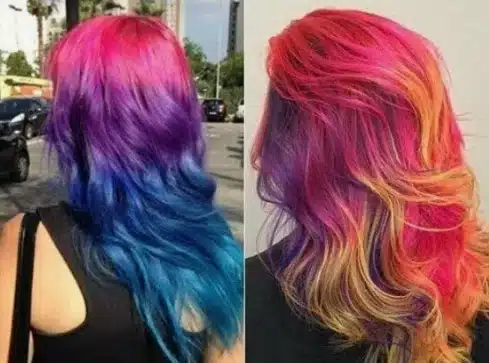
Is Temporary Hair Color Spray Bad For Your Hair?
Ever thought about changing your hair color for a day without making a big commitment?
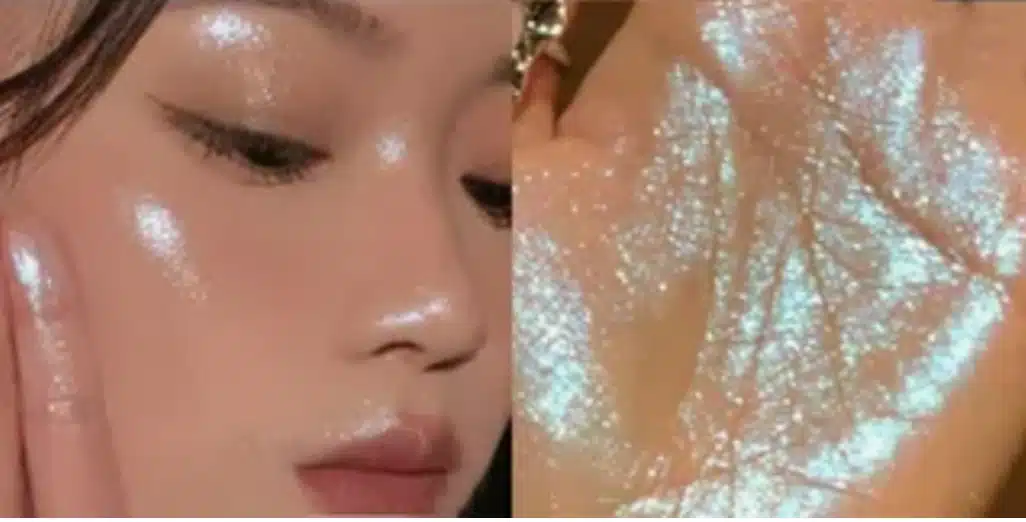
What Goes First Liquid Highlighter Or Powder?
Ever stood in front of your makeup mirror wondering whether to apply liquid highlighter before or after powder?

How To Sell Cosmetics On Shopee?
Looking to sell cosmetics and tap into the booming e-commerce market of Southeast Asia?

How To Start An Online Business In Russia?
Russia, with its vast territory, large population, and growing internet penetration, presents exciting business opportunities for entrepreneurs, especially in the e-commerce sector.
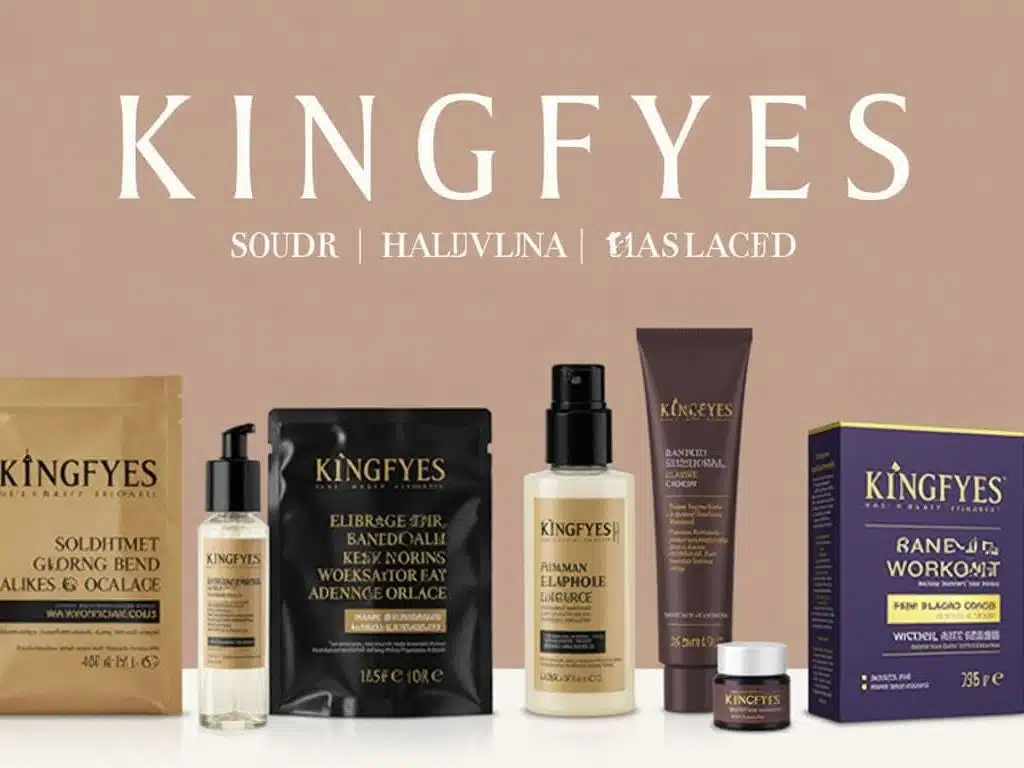
How Do I Create My Own Hair Beauty Brand?
Do you dream of launching your own hair care brand?
- +86 151 1839 7303
- [email protected]
- Mon-Sun 07:00-23:00
Tags
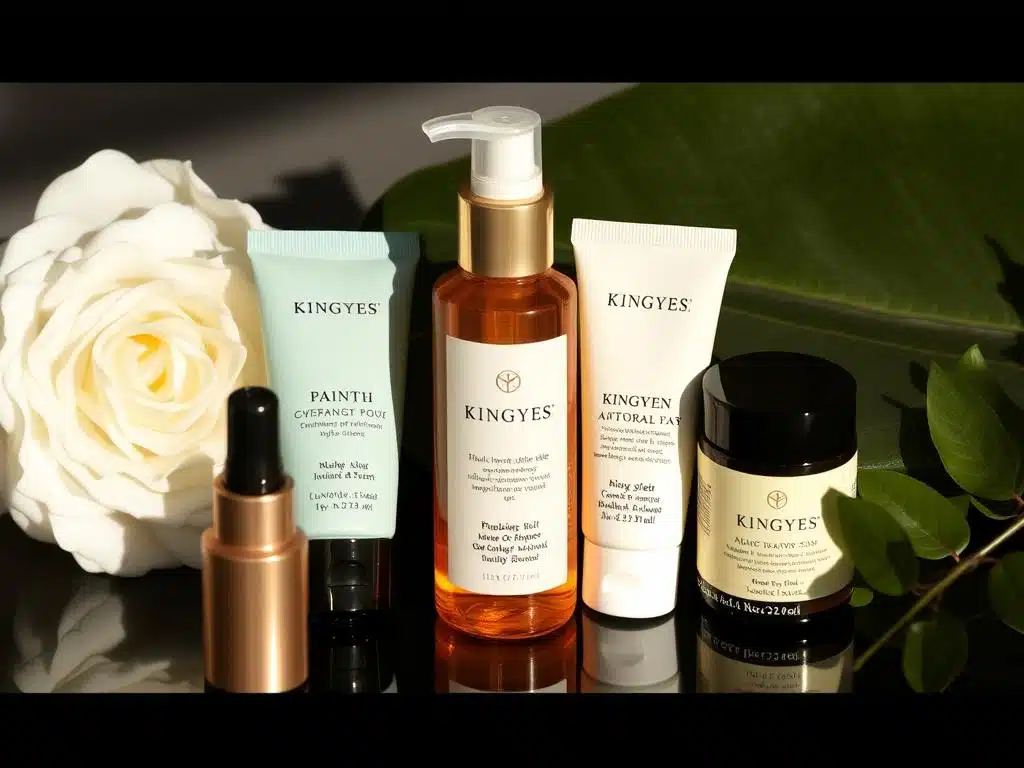
How To Sell Cosmetics On WeChat?
Are you ready to tap into the world’s largest beauty market?

How To Sell Cosmetics On Shopee?
Looking to sell cosmetics and tap into the booming e-commerce market of Southeast Asia?
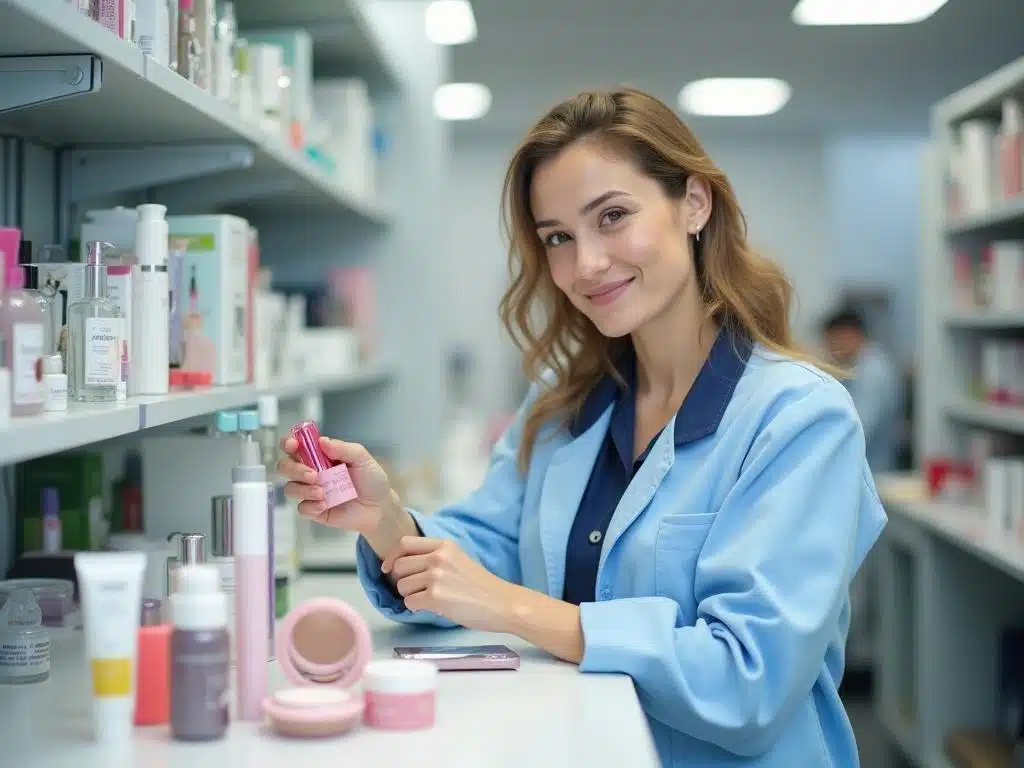
How To Cooperate With Cosmetics Factories?
In the dynamic and competitive beauty industry, partnering with the right cosmetic manufacturer is paramount to the success of your cosmetics business.

